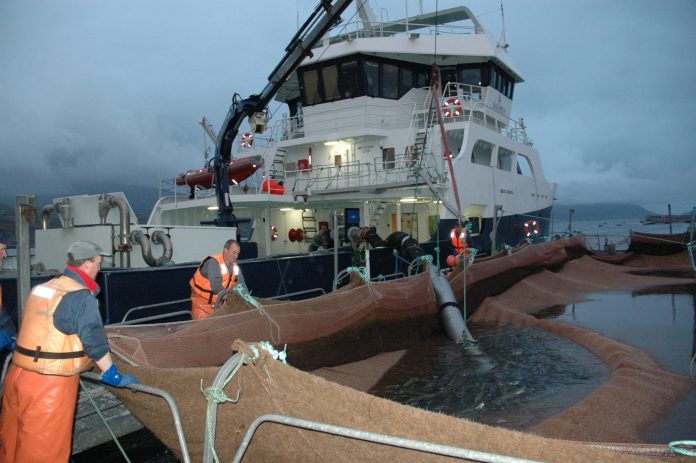Marine Harvest Scotland is the only Scottish salmon-farmer among Scotland’s Big Six to have been awarded a license for a new farm thus far in 2018, quarterly numbers from the government’s marine watchdog agency show.
The world’s largest producer has secured sites at Sconser Quarry and Scalpay in the Highlands and at An Camas in Sout Uist Islands area. In all, the company has secured 6,471 new tonnes of maximum allowable biomass, or MAB.
Holding pattern
The rest of Scotland’s producers have largely maintained a holding pattern. Seeking regional council permissions, but otherwise waiting to see the shape and form of new regulations for salmon-farming expected from environmental regulators likely in June or July.
Meanwhile, securing what they have thus in the first three months of 2018 has been tough enough. A Marine Harvest source told SalmonBusiness that at the local level, objections have made by town leaders on things like “appearance”, even in the remotest areas.
Read Marine Harvest Scotland buys Seahorse vessels
Company project managers are having to please many levels of government even after having secured passage for their plans from the Scottish Environmental Protection Agency and being “recommended” by regional councils and given the nod. It’s meant a lot of application rewrites for Marine Harvest.
“The application for the Sconser Quarry site on Skye was rejected by the Highland Council North Committee on visual grounds, however as the planning recommendation was for approval we are appealing this decision,” Steve Bracken, business support manager for Marine Harvest Scotland, told SalmonBusiness in early April.
Approvals, recommendations
Those plans now appear to have been approved, and the process is helping the company meet future demands from Scotland’s regulatory patchwork.
“We have also amended the proposal to better convey our plans for our Balmeanach Bay farm and re-submitted the application, which will hopefully meet with approval, as a secondary approach.”
With SEPA now moving away from production licenses approved to pre-defined or “prescribed” limits, waiting for the new Depositional Zone Framework rules could be advantageous. By the time Balmeanach Bay is approved, it’s MAB could be augmented and 10,000 t of new biomass, or more, (from the four licenses) could be within reach in short succession.
Stocking at the new sites could be imminent, as according to Marine Traffic, the fish transporter, Ronja Commander is already in the area. As we wrote, it was steaming to the northwest at 10 knots away from South Uuist and toward the Highlands with a hold full of what is likely smolt.

